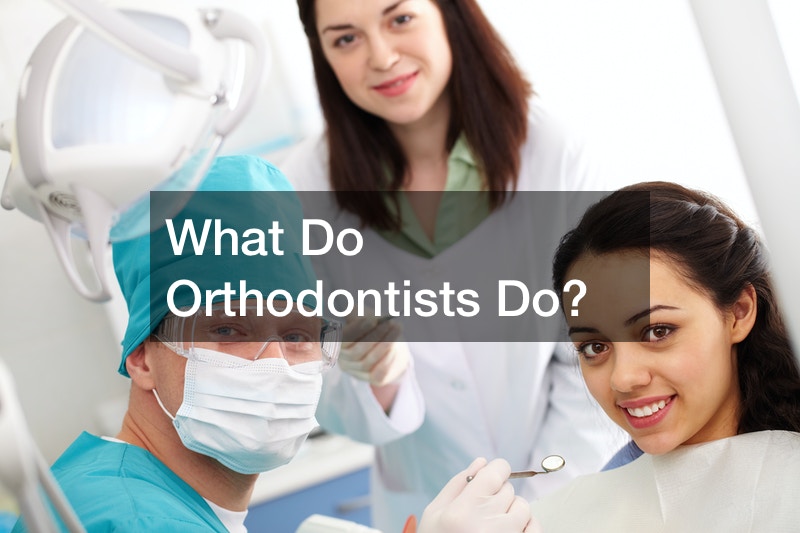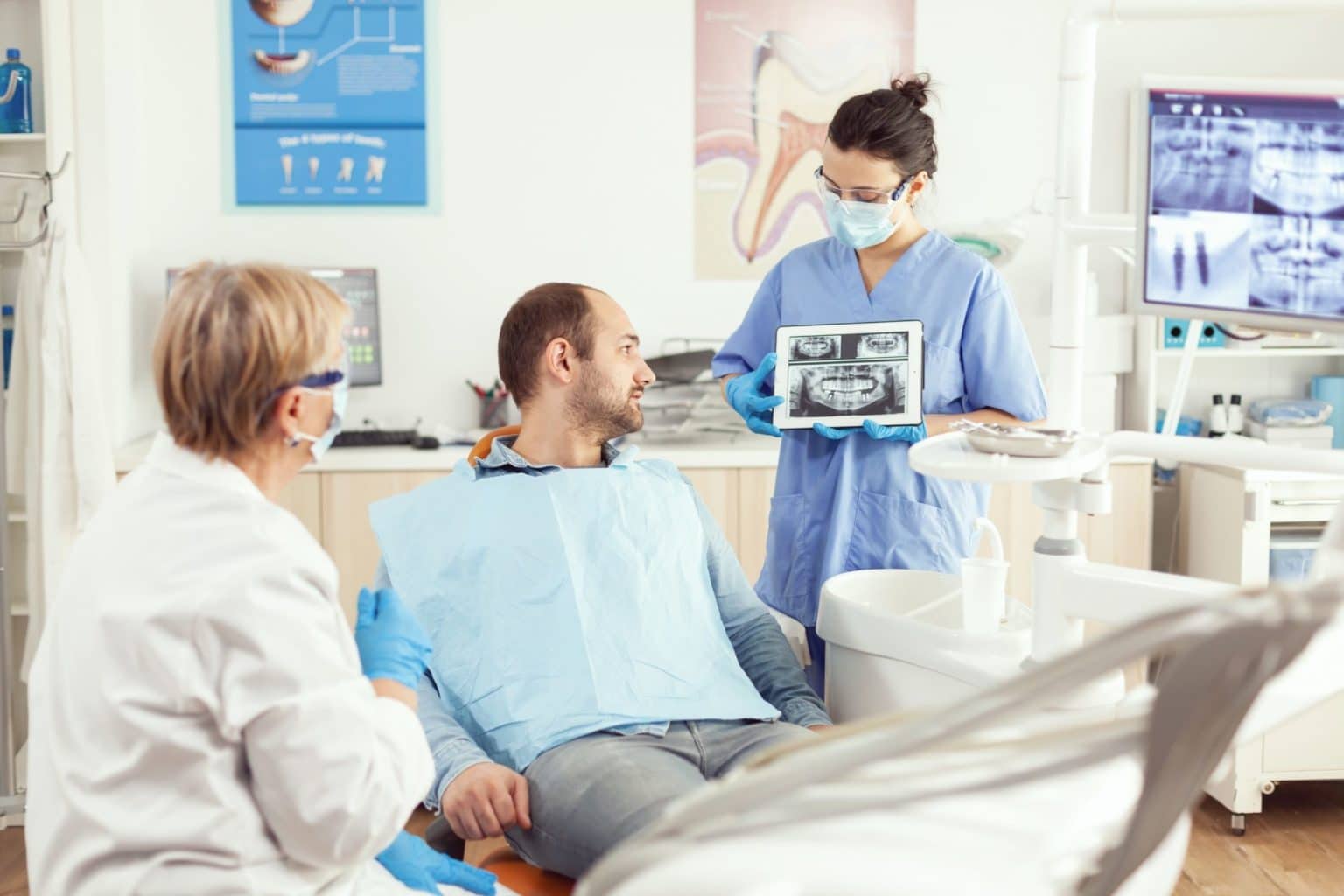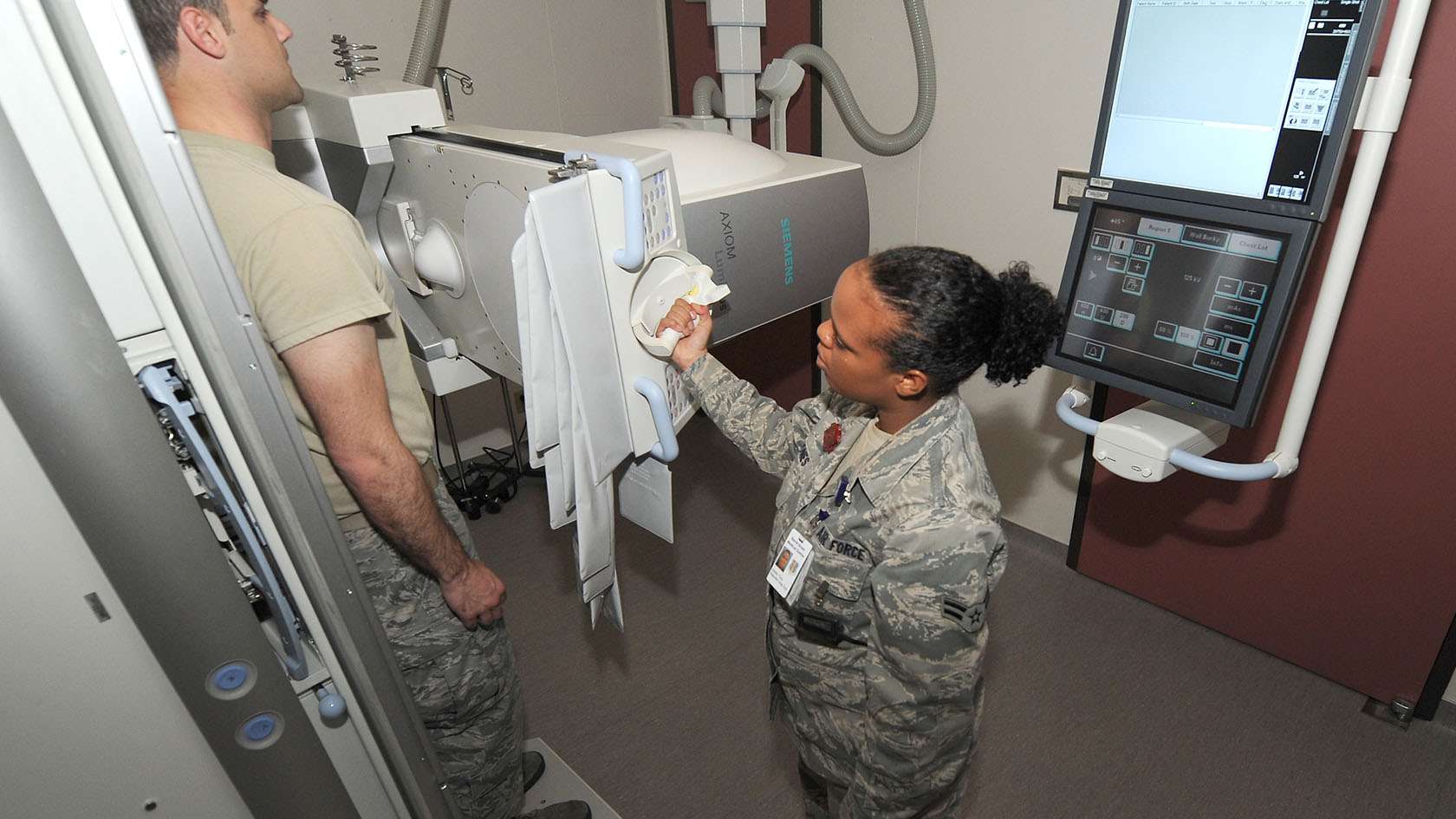Orthodontists Work Places

Introduction to Orthodontists’ Workplaces

Orthodontists are dental specialists who focus on the diagnosis, prevention, and treatment of dental and facial irregularities. They work in various settings, including private practices, hospitals, and universities. The work environment of an orthodontist can vary depending on the specific job and location. In this article, we will explore the different workplaces of orthodontists and what they entail.
Private Practices

Most orthodontists work in private practices, either as solo practitioners or as part of a group practice. Private practices can range from small, single-doctor offices to large, multi-doctor clinics. Orthodontists in private practices typically see patients for routine check-ups, diagnose and treat orthodontic problems, and perform various procedures such as installing braces or other orthodontic appliances. They also work with their staff, including dental assistants and receptionists, to manage the day-to-day operations of the practice.
Hospitals

Some orthodontists work in hospitals, where they may be part of a team of dental specialists providing care to patients with complex orthodontic needs. Hospital-based orthodontists may work with patients who have craniofacial anomalies, cleft lip and palate, or other conditions that require multidisciplinary care. They may also be involved in the treatment of patients with orthodontic emergencies, such as broken braces or appliances.
Universities and Research Institutions

Orthodontists may also work in universities and research institutions, where they can be involved in teaching, research, and patient care. University-based orthodontists may teach orthodontic courses to dental students, conduct research on orthodontic topics, and provide care to patients in university clinics. They may also be involved in the development of new orthodontic treatments and technologies.
Government and Public Health

A small number of orthodontists work in government and public health settings, where they may be involved in policy development, program management, and patient care. Government-based orthodontists may work in agencies such as the National Institutes of Health (NIH) or the Centers for Disease Control and Prevention (CDC), where they can contribute to the development of national health policies and programs.
Types of Orthodontic Clinics

There are several types of orthodontic clinics, including: * General orthodontic clinics: These clinics provide routine orthodontic care, including braces, Invisalign, and other orthodontic appliances. * Specialty orthodontic clinics: These clinics specialize in specific areas of orthodontics, such as pediatric orthodontics, adult orthodontics, or orthognathic surgery. * Surgical orthodontic clinics: These clinics specialize in orthognathic surgery, which involves the surgical correction of jaw deformities and other facial irregularities. * Research orthodontic clinics: These clinics are involved in the development of new orthodontic treatments and technologies, and may provide care to patients who are participating in clinical trials.
📝 Note: Orthodontists may work in a variety of settings, including private practices, hospitals, universities, and government agencies. Each setting has its own unique characteristics and requirements.
Work Environment

The work environment of an orthodontist can vary depending on the specific job and location. In general, orthodontists work in well-lit, clean, and organized offices or clinics. They typically use specialized equipment, such as dental chairs, X-ray machines, and orthodontic appliances. Orthodontists may also use computer software to manage patient records, schedule appointments, and track treatment progress.
Teamwork and Communication

Orthodontists often work as part of a team, including dental assistants, receptionists, and other orthodontic staff. Effective communication and teamwork are essential in an orthodontic setting, where patients may have complex needs and require coordinated care. Orthodontists must be able to communicate clearly with their patients, staff, and other healthcare professionals to provide high-quality care.
Continuing Education

Orthodontists are required to complete continuing education courses to stay current with the latest advances in orthodontics. They may attend conferences, workshops, and online courses to learn about new techniques, technologies, and treatments. Continuing education is essential for orthodontists to maintain their certification and provide the best possible care to their patients.
Challenges and Rewards

Working as an orthodontist can be both challenging and rewarding. Orthodontists must be able to diagnose and treat complex orthodontic problems, manage patient expectations, and work effectively with their staff. However, they also have the opportunity to make a positive impact on their patients’ lives, improve their self-esteem and confidence, and enhance their overall quality of life.
To summarize, orthodontists work in various settings, including private practices, hospitals, universities, and government agencies. Each setting has its own unique characteristics and requirements, and orthodontists must be able to adapt to different work environments and patient needs. By providing high-quality care, staying current with the latest advances in orthodontics, and working effectively with their staff, orthodontists can make a positive impact on their patients’ lives and achieve a rewarding and challenging career.
What are the different types of orthodontic clinics?

+
There are several types of orthodontic clinics, including general orthodontic clinics, specialty orthodontic clinics, surgical orthodontic clinics, and research orthodontic clinics.
What is the work environment like for an orthodontist?

+
Orthodontists typically work in well-lit, clean, and organized offices or clinics, using specialized equipment such as dental chairs, X-ray machines, and orthodontic appliances.
Why is continuing education important for orthodontists?

+
Continuing education is essential for orthodontists to stay current with the latest advances in orthodontics, maintain their certification, and provide the best possible care to their patients.



